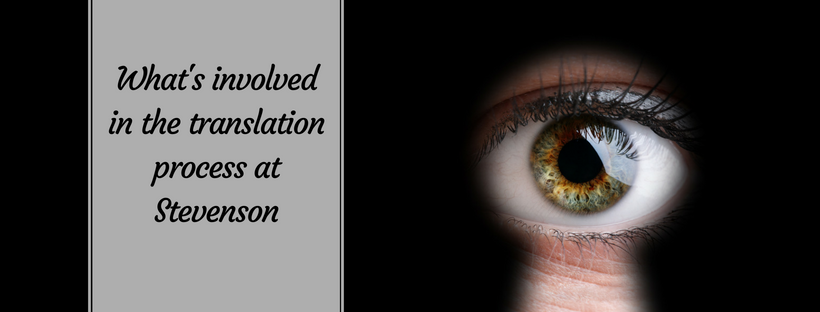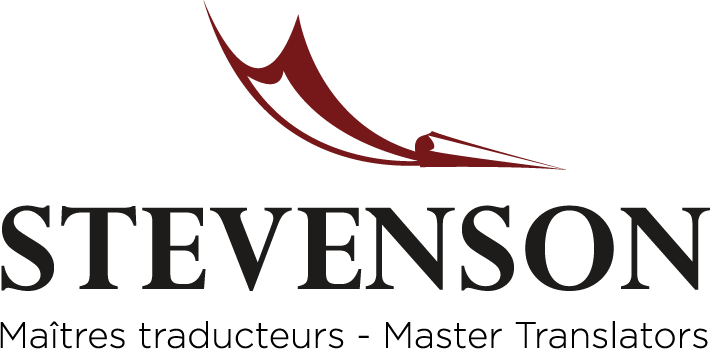
What’s involved in the translation process at Stevenson & Writers
The five-step translation process : what magic occurs between the moment you forward your content for translation and the moment you obtain the final product in the other language?
You have a document to be translated. Your team has worked diligently to write and refine it. Now, it’s finally ready to be sent to Stevenson & Writers for translation. You are relieved to receive prompt confirmation of the reception of your document, along with a proposed deadline that has taken your needs into consideration. All’s well, you’re reassured that you are in good hands.
Later, you find yourself drumming your fingers on your desk. You’re wondering why the translation should take so long anyway? You can’t think of anything other than the wait time. Learning about the five steps of the translation process will give you a better grasp of this type of work. After all, translation requires as much attention as the drafting of the original document.
Step 1
Our coordinator evaluates the length, degree of technicality, and complexity of your document. The work is then tentatively assigned to a translator, editor and proofreader, depending on the text’s subject matter. Based on all of these factors and according to our already-booked production schedule, it is during this step that the coordinator discusses deadlines with you and confirms that the project is to be translated.
Step 2
Once you have sent us your confirmation that you accept the projected cost and deadline for delivery, a translator begins work on your document, starting with reading the document over and noting its tone, the vocabulary, and the general substance of the message. This crucial step in the process is more complex than it may seem. The translator researches any special terminology, ensures its consistency with other related documents translated for you—the client previously, if applicable, and consults your company’s website, specific glossaries, and style guide. Such a guide is a precious tool for uniformizing all of your content. If the translator has questions or concerns, it is at this step that they would communicate with your contact person to clarify any unclear terms or concepts.
Step 3
When the translator has completed their draft, it is time for the editor to go over it with an eagle’s eye. This involves comparing the versions of the document in the two languages to ensure the accuracy of the translation and the consistency of terms, also paying particular attention to the document’s readability and flow to ensure there is no trace of the translation process. At the end of this step, the translator and the editor often discuss alternative options for certain words or formulations.
Step 4
Your document is next read by a proofreader who checks for typing mistakes, extra spaces, or other typographical errors, while also ensuring that the text flows and the document is easy to read.
Step 5
Your translated, revised, and proofread document is sent to you by our coordinator. It may come with a note drawing your attention to precise terms and concepts that require further clarification. The translation team remains available to answer any questions regarding the translated content.
Some clients also choose to have proofs from the printer proofread or, in the case of digital media, to have certain content checked before it appears on screen. This avoids nasty surprises after the formatting process, which can sometimes compromise the quality of the final product.
Professional translation is not an instantaneous process. The five-step translation process used by the team at Stevenson & Writers allows us to provide our clients with impeccable, accurate, and consistent translations. The flawless quality of the final product will convince you that the time required to produce the translation in its final version is well justified.


Leave a Reply